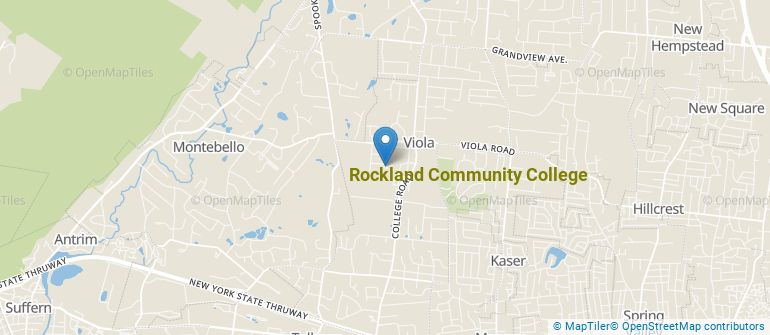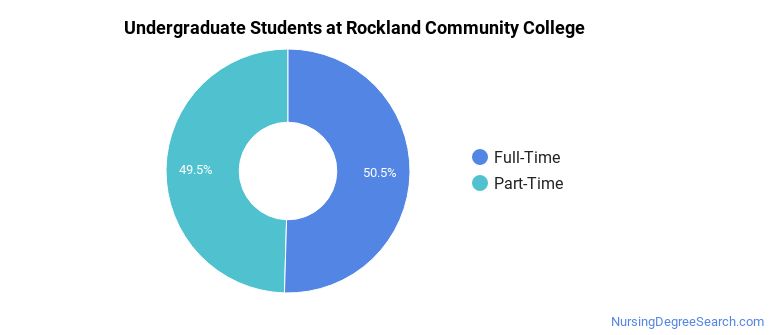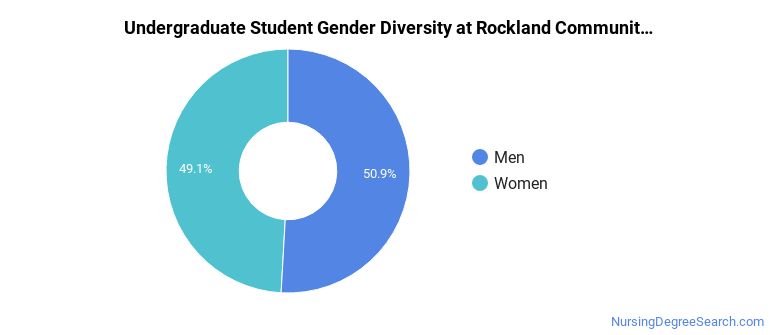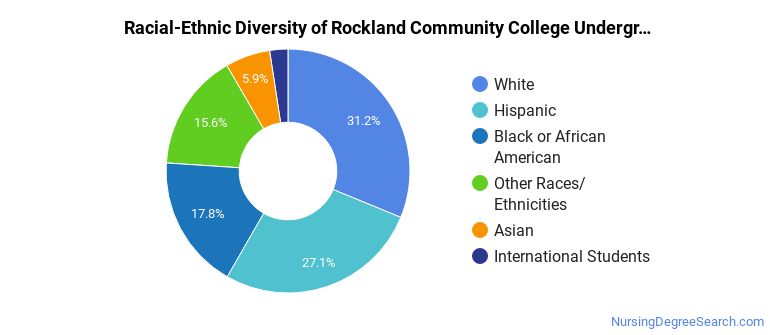Rockland Community College Nursing Programs
Rockland Community College is a public institution located in Suffern, New York. Suffern is considered a suburb and offers tranquility and safety near the excitement of a city center.
Where Is Rockland Community College?

Contact details for Rockland Community College are given below.
| Contact Details | |
|---|---|
| Address: | 145 College Rd, Suffern, NY 10901-3699 |
| Phone: | 845-574-4000 |
| Website: | www.sunyrockland.edu |
How Do I Get Into Rockland Community College?
You can apply to Rockland Community College online at: www.sunyrockland.edu/admission/enrollment
Can I Afford Rockland Community College?
Student Loan Debt
Almost 66% of college students who graduated with the class of 2018 took out student loans, but that percentage varies from school to school. At Rockland Community College, approximately 7% of students took out student loans averaging $5,097 a year. That adds up to $20,388 over four years for those students.
The student loan default rate at Rockland Community College is 0.2%. This is significantly lower than the national default rate of 10.1%, which is a good sign that you'll be able to pay back your student loans.
Rockland Community College Undergraduate Student Diversity

Gender Diversity
Of the 2,894 full-time undergraduates at Rockland Community College, 51% are male and 49% are female.

Racial-Ethnic Diversity
The racial-ethnic breakdown of Rockland Community College students is as follows.

| Race/Ethnicity | Number of Grads |
|---|---|
| Asian | 172 |
| Black or African American | 514 |
| Hispanic or Latino | 784 |
| White | 903 |
| International Students | 70 |
| Other Races/Ethnicities | 451 |
Rockland Community College Nursing Concentrations
The table below shows the number of awards for each concentration.
| Major | Associate’s | TOTAL |
|---|---|---|
| Registered Nursing | 95 | 95 |
| TOTAL | 95 | 95 |
References
*The racial-ethnic minorities count is calculated by taking the total number of students and subtracting white students, international students, and students whose race/ethnicity was unknown. This number is then divided by the total number of students at the school to obtain the racial-ethnic minorities percentage.
More about our data sources and methodologies.
